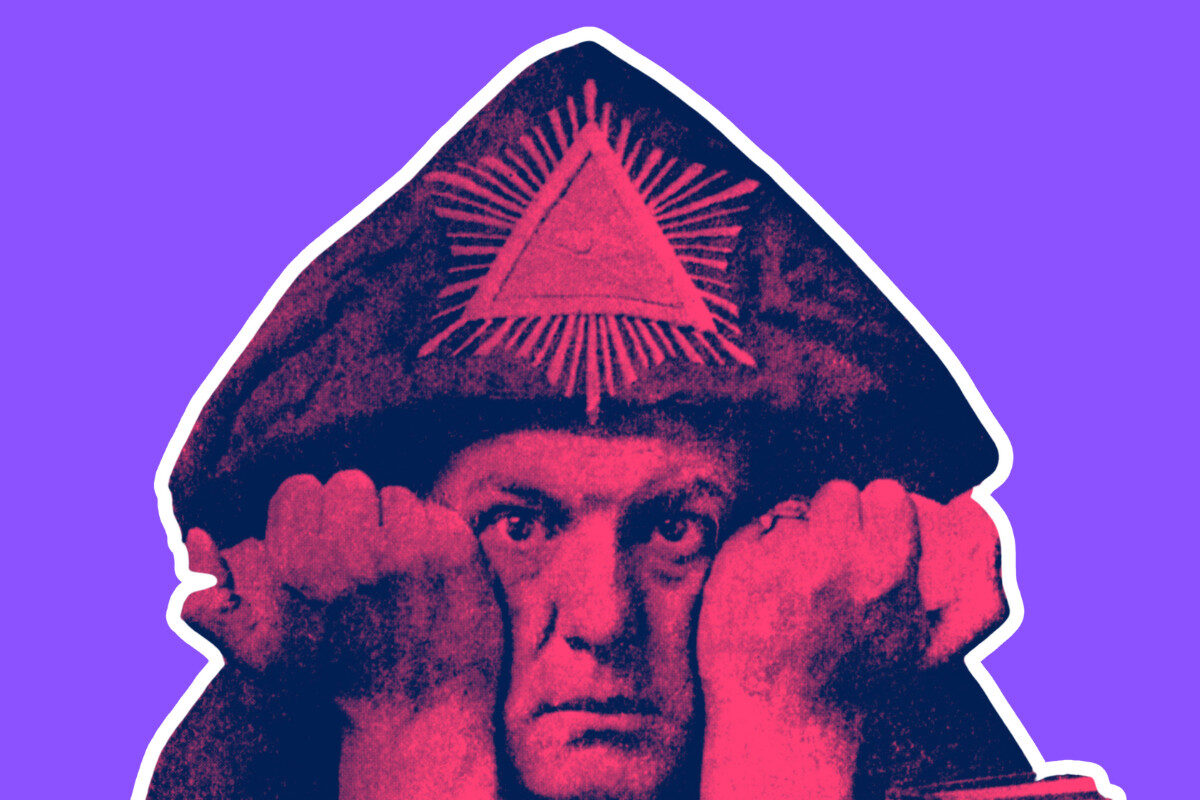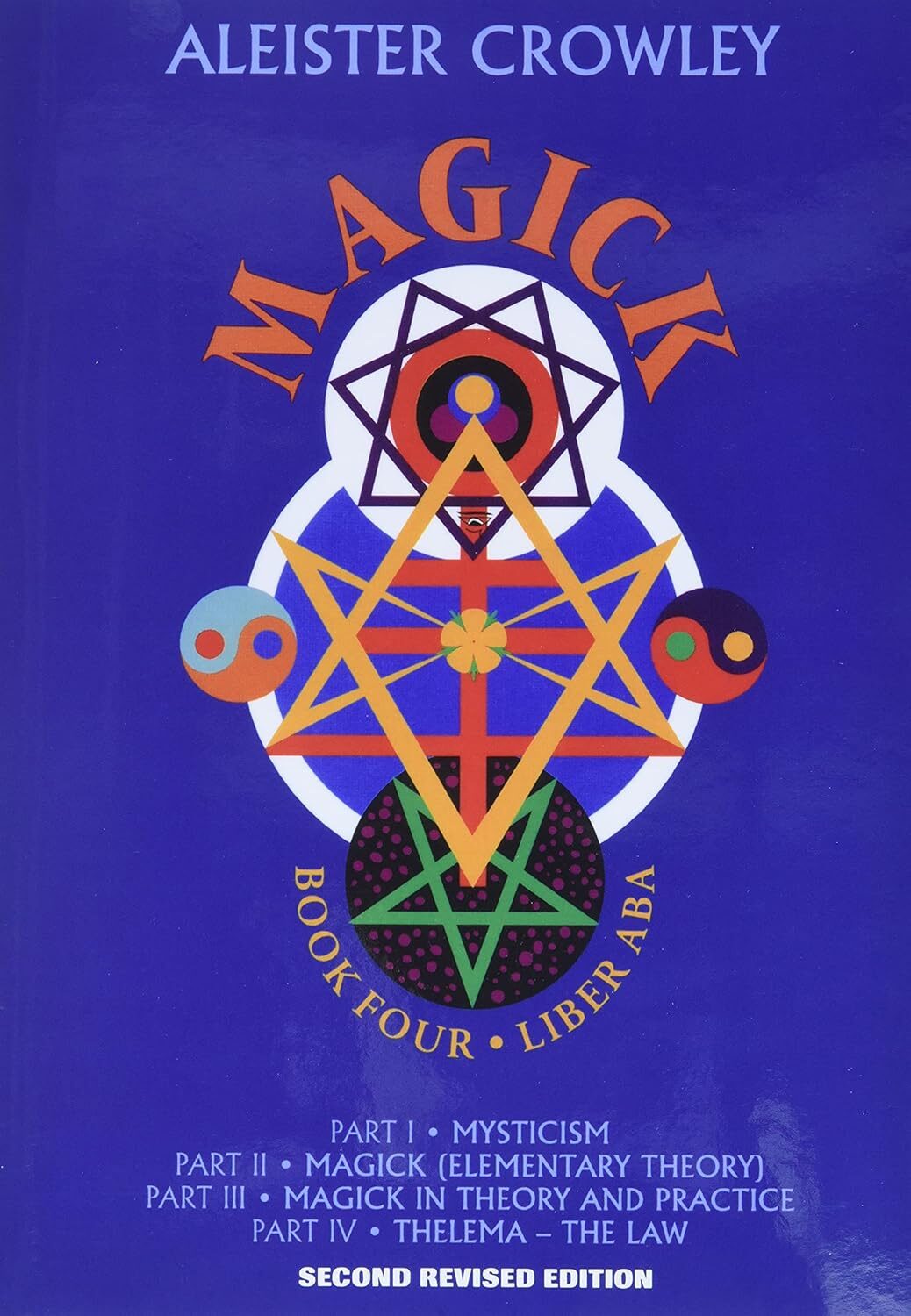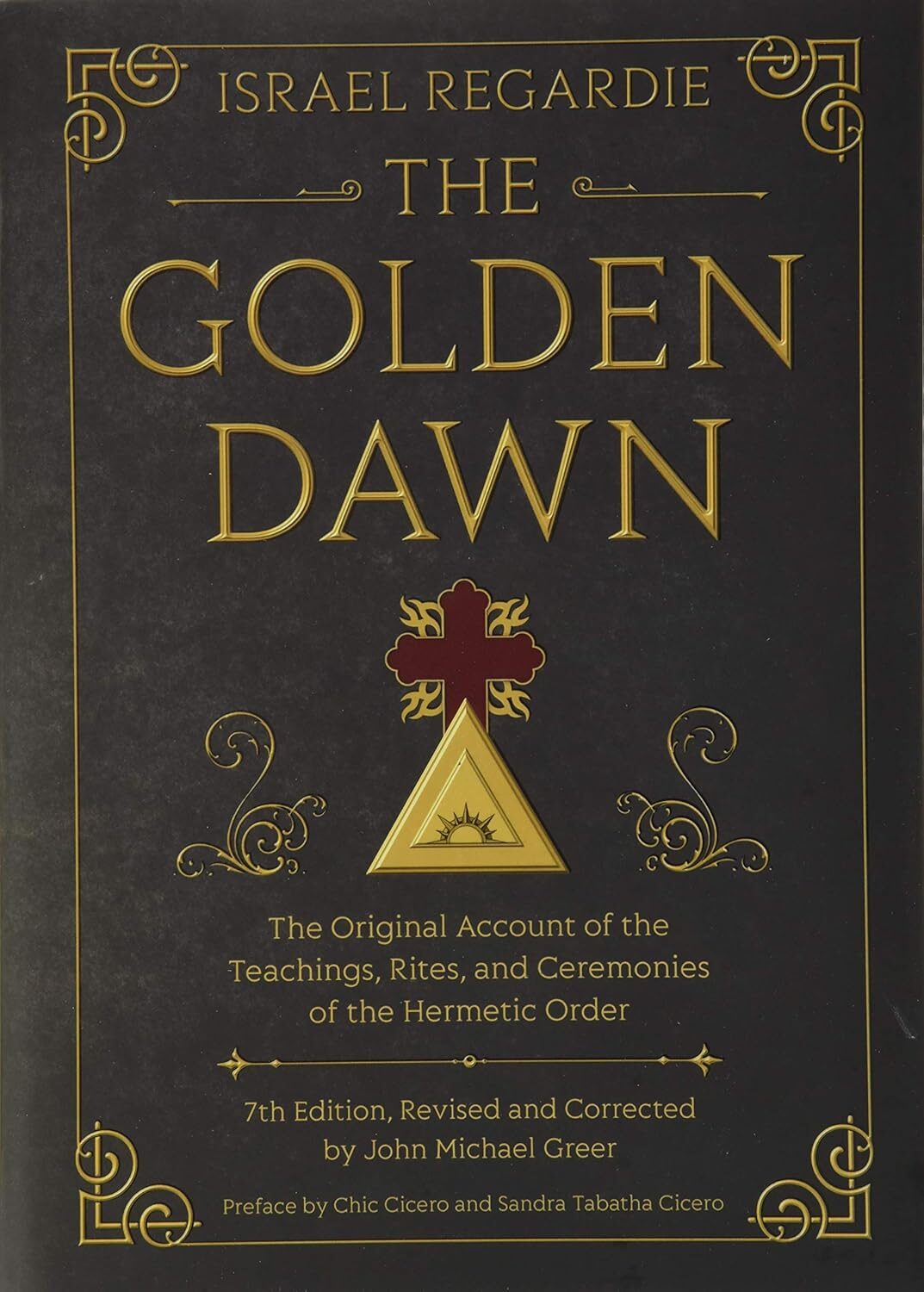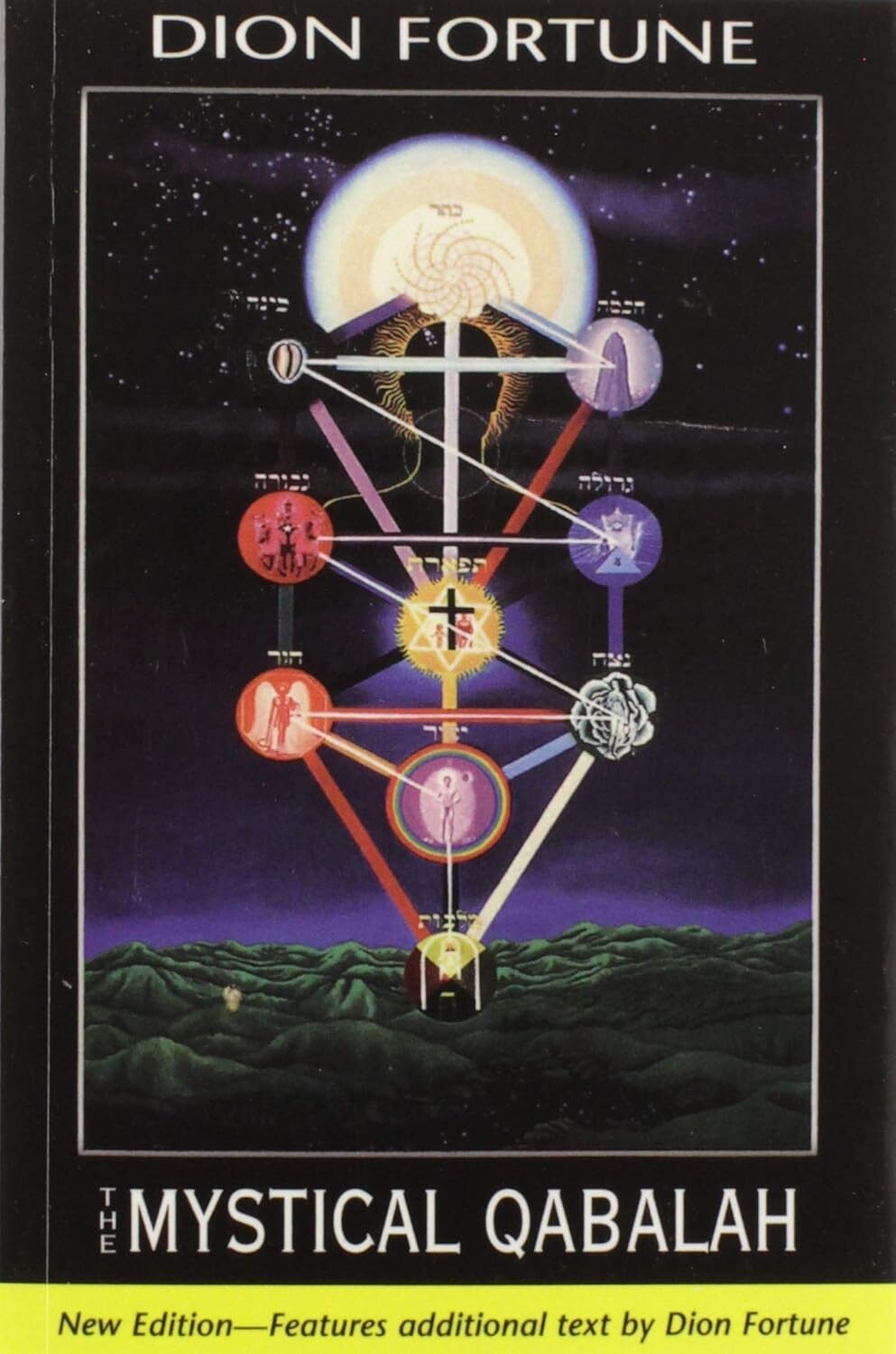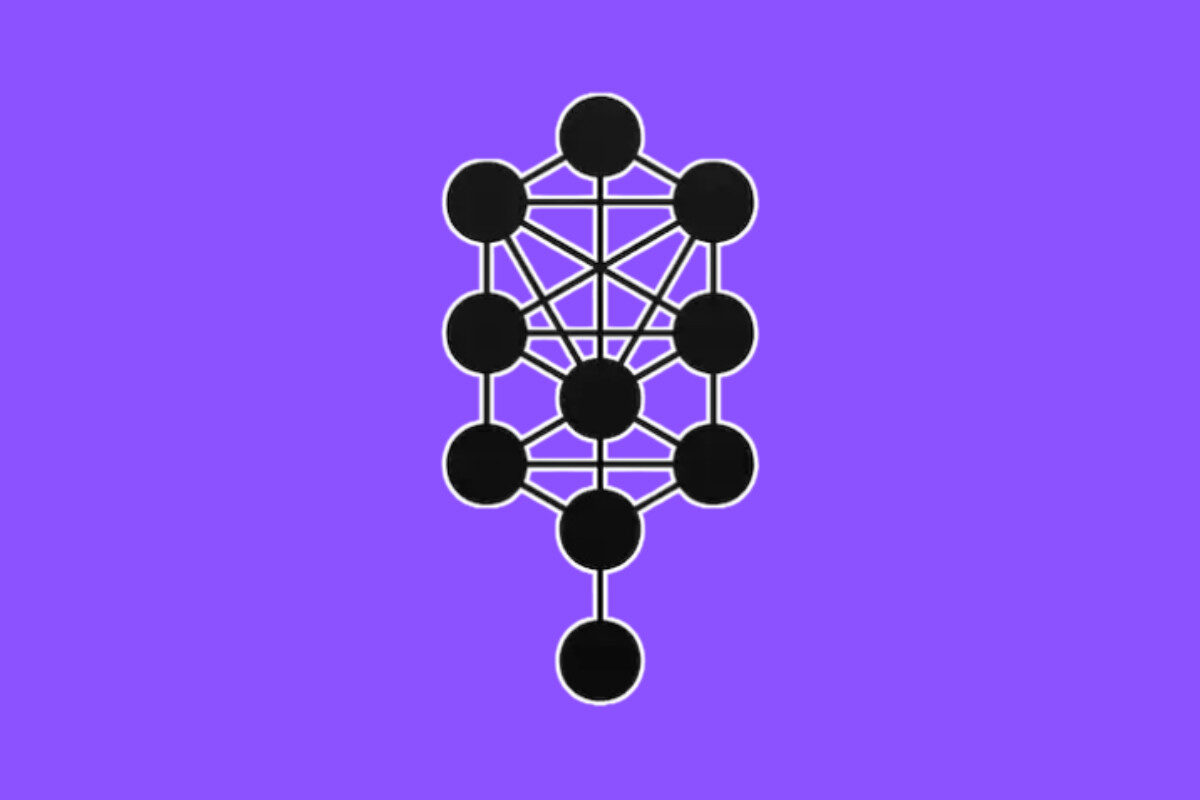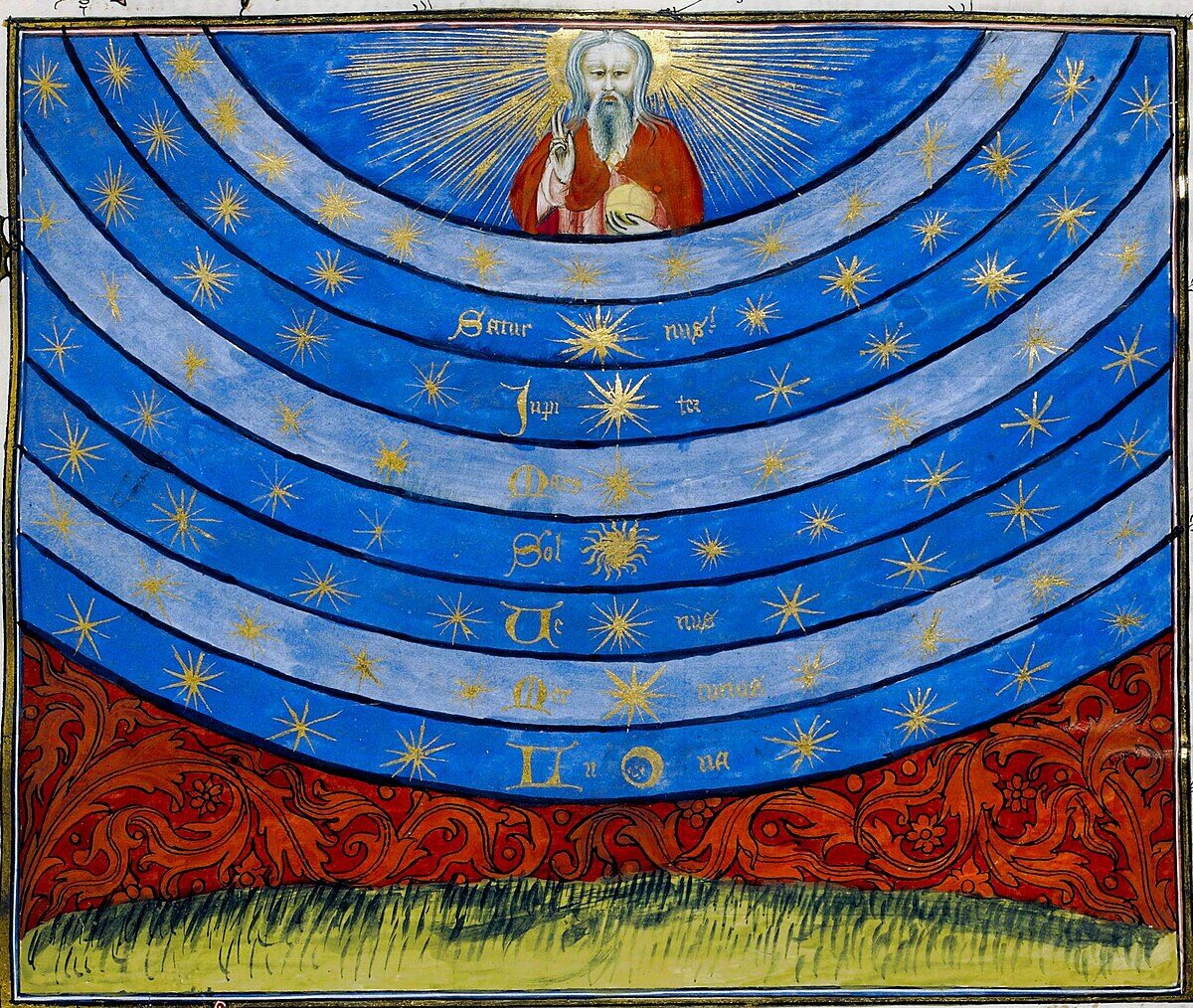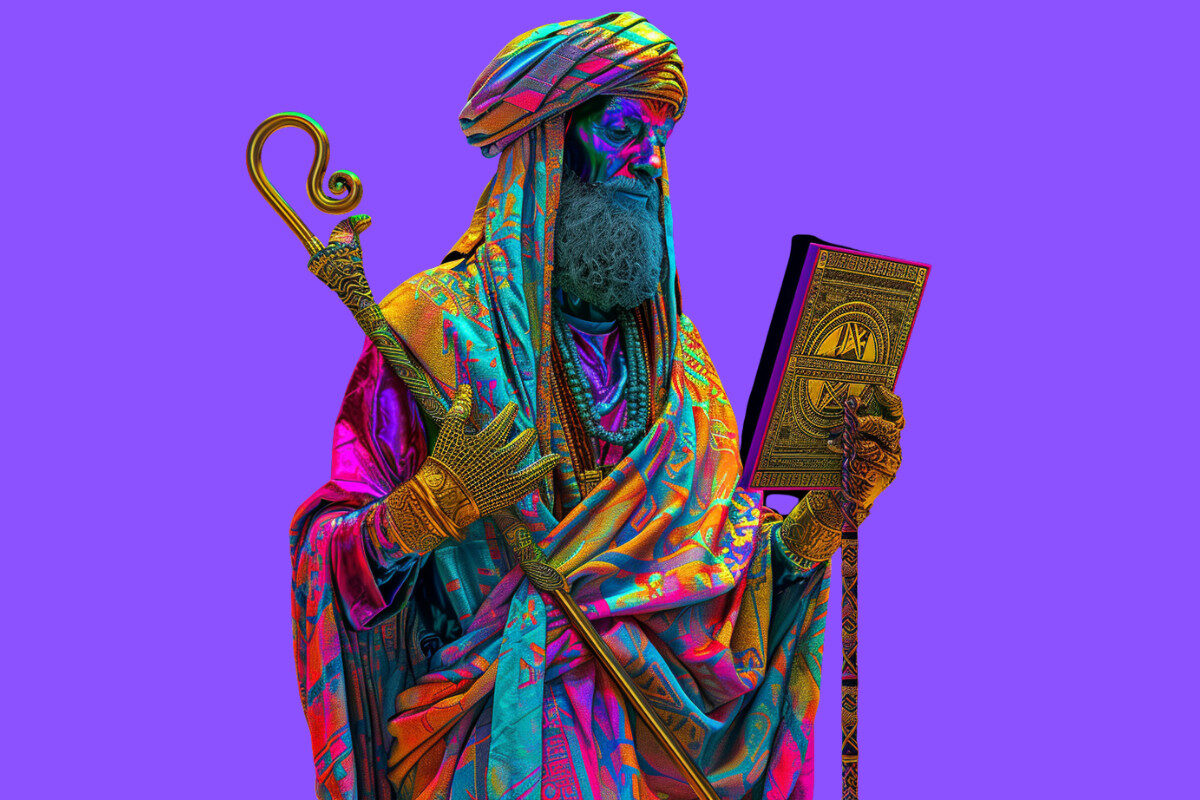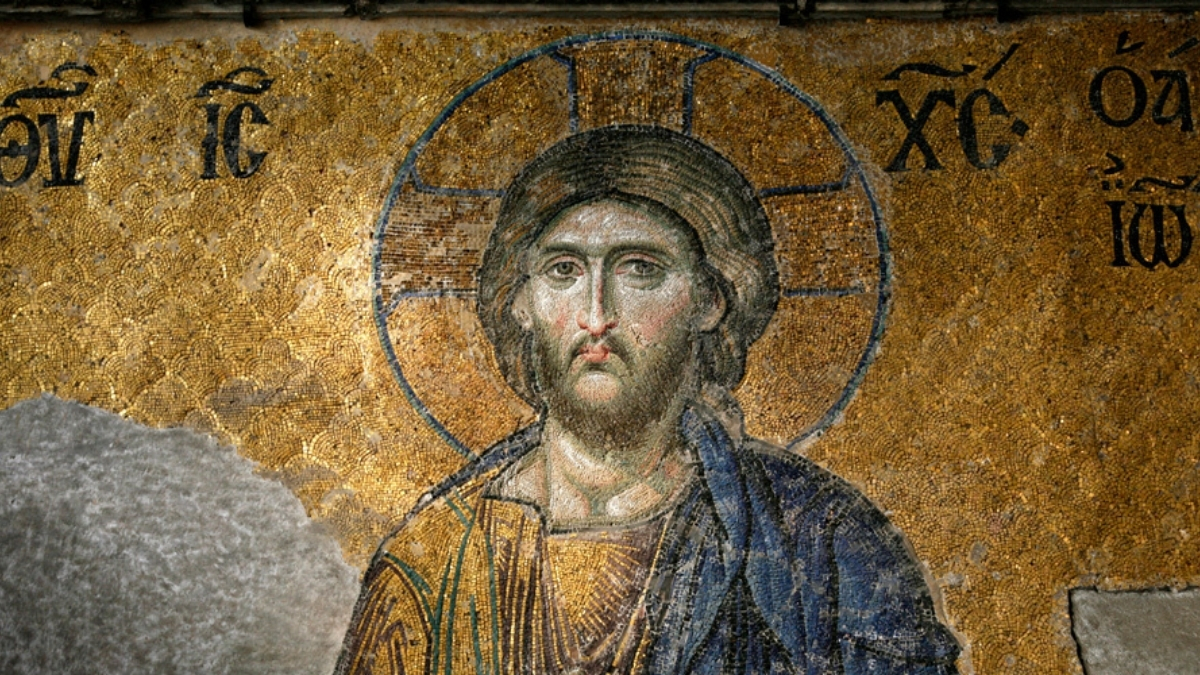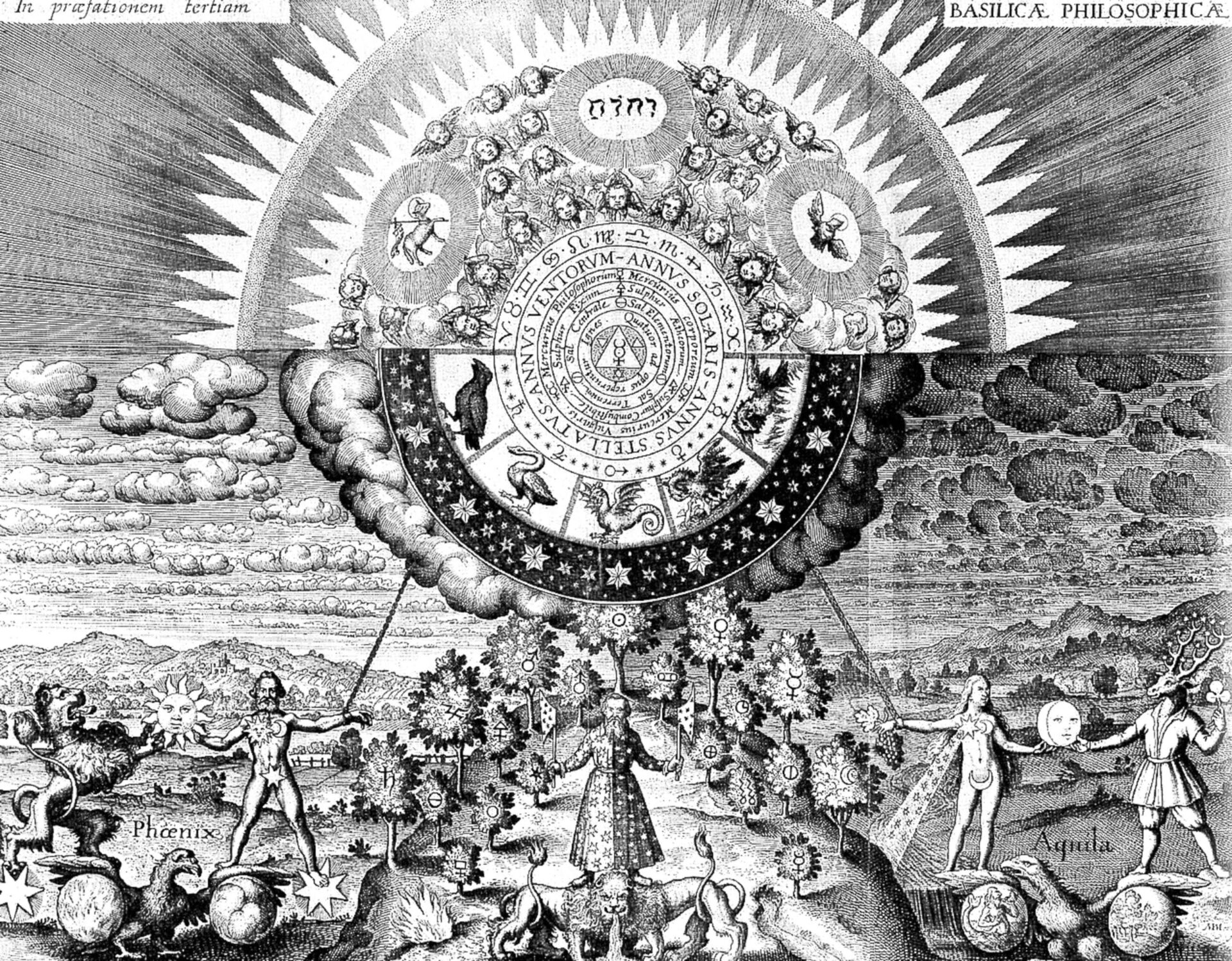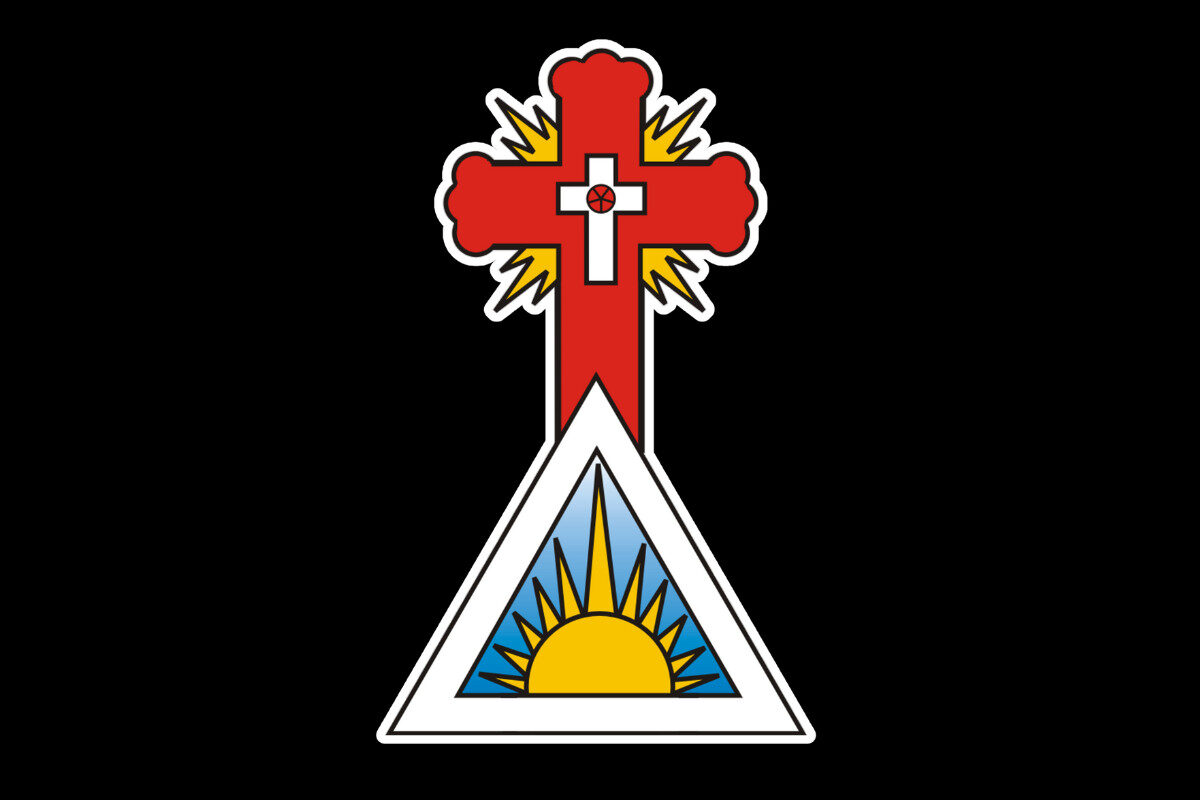Through 777 Revised and other works, Crowley aimed to create a comprehensive, integrated system of correspondences that synthesized ancient traditions with new insights.
His innovations helped redefine the scope and application of Qabalah for contemporary occult practice.
Below are seven key areas in which Crowley made distinct and lasting contributions to Qabalistic study.
1. Systematisation of Magical Correspondences
Aleister Crowley envisioned his work 777 Revised as a foundational reference for occultists.
His aim was to create a complete dictionary of magical correspondences, serving the study of esotericism in the same way that dictionaries serve language.
This effort was designed to encourage a more systematic, analytical, and synthesised understanding of the universe and its symbolic traditions.
Purpose and Scope of the “Magical Alphabet”
Crowley regarded Qabalah as a symbolic language uniquely suited to describe phenomena that ordinary language cannot easily capture.
It offered a flexible and unsectarian framework for linking mental processes and cultural expressions, helping to resolve confusion created by diverse philosophical terminologies.
In this way, Qabalah provided practitioners with a method for formulating ideas precisely and expressing complex concepts more clearly.
The ultimate goal of 777 Revised was to give students a compact guide for achieving a coherent conception of the universe, applicable both to theoretical study and to practical ritual work.
Analytical and Interpretive Framework

At the heart of Crowley’s system was the Tree of Life, which he described as the structural “skeleton” of esoteric truth.
Every idea, including apparent negations, could be mapped onto it.
The Tree consists of ten Sephiroth and twenty-two connecting paths, arranged into three pillars, four worlds, and seven palaces.
Through this framework, students were encouraged to:
- Analyse any idea in relation to the Tree of Life.
- Trace connections between seemingly unrelated concepts.
- Translate unknown symbolism into familiar terms.
- Link different ideas through analogy with the Sephiroth and paths.
The tables in 777 Revised expanded these principles into practice, aligning a vast range of correspondences with the 32 paths of the Tree.
These included divine names, planetary and zodiacal attributions, deities from multiple traditions, animals, plants, stones, perfumes, magical weapons, and more.
Such cross-referencing revealed hidden links between diverse symbols, enabling students to see patterns that would otherwise remain obscure.
Metaphysical Structure and New Insights
Crowley insisted that the purpose of Qabalistic study was not merely classification but the cultivation of insight.
A key principle was the reconciliation of opposites.
For example, Chesed (Mercy, associated with love and Venus) is also linked with Jupiter and the idea of righteousness or justice.
To grasp such paradoxes, meditation and contemplation were necessary.
Crowley’s contributions deepened this interpretive use of Qabalah in several distinctive ways:
- Revision of Tarot Attributions. He re-assigned The Emperor and The Star within the Tarot, a change derived from The Book of the Law, to produce what he considered a perfectly symmetrical system.
- Expansion of Gematria. Recognising the importance of numerical symbolism, he extended Gematria beyond Hebrew, incorporating Greek, Arabic, and Coptic alphabets to widen comparative analysis.
- A New Theory of Number. Crowley taught that every number is infinite, unique, and essential to existence, treating numbers as metaphysical “souls.” From this perspective he introduced paradoxical formulations such as “0 = 2,” representing the emergence of duality from nothingness.
- Integration of Global Traditions. Drawing from his studies of Hinduism, Buddhism, Sufism, Taoism, and Egyptian spirituality, Crowley aligned these systems with the Tree of Life. This synthesis, he believed, had never before been fully accomplished.
For Crowley, the Tree of Life functioned as a true “magical alphabet.”
Each symbol, number, or concept could be clothed in a network of correspondences that made its deeper meaning intelligible.
While he drew heavily from the Golden Dawn’s system, his expansions, revisions, and philosophical innovations transformed Qabalah into a more flexible, analytical, and globally integrated framework.
2. Integration of Global Esoteric Traditions
One of Crowley’s most ambitious undertakings was the attempt to align Qabalistic symbolism with a wide range of global spiritual systems.
While earlier Western occultists occasionally drew superficial parallels between traditions, Crowley sought to build a comprehensive, systematic set of correspondences that would situate Hindu, Buddhist, Islamic, Taoist, and Egyptian esoteric teachings within the structure of the Tree of Life.
This was not simply comparative religion; it was a deliberate effort to construct what he described as a universal symbolic grammar.
Sufism and Islamic Mysticism
During his time in Cairo, Crowley encountered Sufi traditions, which he attempted to interpret through a Qabalistic lens.
He was particularly drawn to the way Sufi metaphysics described the stages of union with the Divine, seeing in them a parallel to the ascent through the Sephiroth.
Crowley’s notebooks reveal attempts to equate certain Sufi concepts of divine names, cosmological hierarchies, and ecstatic practice with corresponding paths and spheres on the Tree of Life.
Hinduism: Vedanta and Raja Yoga
Crowley’s stay in India brought him into contact with several teachers, including Sri Parananda and Sabhapaty Swami, both of whom introduced him to advanced yogic practices and Vedantic philosophy.
From Vedanta, he drew the idea of the ultimate unity of Atman and Brahman, which he related to Kether, the crown of the Tree.
From Raja Yoga, he adopted methods of concentration and meditation that he wove into his magical training system, mapping the stages of yogic attainment onto the Sephiroth and paths as developmental milestones.
Buddhism: Hinayana Practice
In Ceylon and Burma, Crowley studied with his close associate Allan Bennett, later known as Ananda Metteya, one of the first Western Buddhist monks.
Bennett trained Crowley in the techniques of Theravāda meditation, especially Vipassanā and mindfulness of breath. Crowley incorporated these practices into 777 Revised by adding Buddhist correspondences to certain paths and Sephiroth.
In particular, he drew parallels between Buddhist notions of impermanence and the Qabalistic concept of Ain (Nothingness), as well as between the Noble Eightfold Path and the practical disciplines of the Tree of Life.
Taoism and the I Ching
Although Crowley never studied under a Taoist teacher, he engaged deeply with Taoist cosmology through James Legge’s translations of the I Ching.
He attributed the trigrams and hexagrams of the I Ching to the Sephiroth and paths, treating them as structural reflections of universal archetypes.
Crowley’s mapping was admittedly speculative, but it reflected his conviction that Taoist yin-yang polarity could be read as a direct analogue to Qabalistic concepts of balance between pillars, elements, and forces.
Egyptian Religion and Symbolism
Crowley’s integration of Egyptian deities was perhaps the most enduring of his syncretic efforts.
The reception of The Book of the Law in Cairo in 1904 placed Egyptian gods such as Nuit, Hadit, and Ra-Hoor-Khuit at the heart of his new religious system, Thelema.
He identified these deities not only with classical Egyptian myth but also with specific Sephiroth and paths on the Tree, using Qabalah to anchor Thelemic cosmology within the wider Hermetic tradition.
Through these integrations, Crowley dramatically expanded the scope of Qabalah.
What had once been primarily a Jewish mystical system adapted by Renaissance magi and the Golden Dawn became, in his hands, a universal framework for comparative esotericism.
By placing diverse traditions onto the same symbolic structure, he encouraged practitioners to see connections across cultural and religious divides.
He treated the Tree of Life as a map of consciousness that transcended any single tradition, taking it beyond its Western and Jewish origins, presenting it as a universal symbolic system.
3. Revision of Tarot Attributions
Crowley made a pivotal change to the attributions of the Tarot Trumps within the Qabalistic framework, particularly those involving the Hebrew letters Tzaddi and Hé.
- He reversed the positions of The Emperor (originally Tzaddi) and The Star (originally Hé), based on a directive found in The Book of the Law (Liber AL I:57).
- This revision, he argued, brought a higher degree of symmetry to the Tarot and the Tree of Life, reflecting a deeper esoteric logic.
Although the original 777 retained the Golden Dawn’s assignments, Crowley’s later writings and the Book of Thoth fully embraced this altered structure.
4. Expansion of Alphabetic and Numeric Systems
Crowley expanded Gematria by incorporating Greek, Arabic, and Coptic alphabets.
This allowed for a more inclusive and comparative method of symbolic interpretation.
He also developed a theory of “prime number meanings,” assigning specific occult significance to prime numbers between 11 and 97.
For example:
- 19 was associated with feminine symbolism.
- 23 represented life energy.
- 41 was described as a force akin to vampirism.
This numerological expansion allowed for a richer interpretive vocabulary within the Qabalistic system.
5. Development of a Metaphysical Theory of Number
Crowley challenged traditional views of number by proposing that each number is both infinite and ontologically unique.
He summarized this idea with the phrase: “Every number is infinite; there is no difference.”
This concept, rooted in his interpretation of Liber AL, suggested that numbers are not merely quantities but living archetypes or “souls.”
He further introduced symbolic paradoxes such as the equation “0 = 2,” a formula intended to express the emergence of duality from emptiness.
In Crowley’s system, numbers became metaphysical entities that encapsulate cosmic principles, rather than simply tools for calculation.
6. Incorporation of Outer Planets into Qabalistic Astrology
The Qabalistic Tree of Life predates the discovery of Uranus, Neptune, and Pluto.
Crowley sought to address this by assigning these planets to specific Sephiroth:
- Neptune was initially placed in Kether.
- Uranus was aligned with Chokmah.
- In his final system, Pluto was assigned to Kether, Neptune to Chokmah, and Uranus to Daath.
These additions allowed for a more contemporary astrological model within the Qabalistic framework, taking into account the broader celestial realities recognized in modern astronomy.
7. The Tree of Life as a Magical Alphabet
Crowley described the Tree of Life as a “magical alphabet”—a symbolic language capable of expressing complex metaphysical and experiential truths.
By organizing symbols, numbers, letters, and concepts along the Sephiroth and the Paths, practitioners could “translate” mystical insight into structured understanding.
He believed this symbolic grammar could overcome the limitations of conventional language and allow direct communication of spiritual phenomena.
This idea reflects a core Hermetic principle: that the universe is structured according to intelligible and symbolic laws, which can be apprehended through disciplined study.
Closing Thoughts…
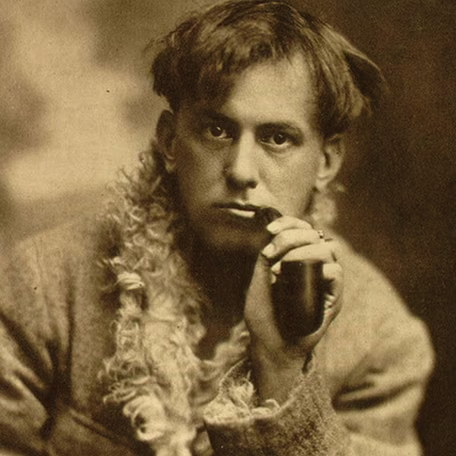
Aleister Crowley’s contributions to Qabalah represent a critical evolution in Western esotericism.
While his ideas often drew from earlier traditions—particularly the teachings of the Golden Dawn—he restructured them in bold and often controversial ways.
By integrating global systems, challenging traditional attributions, expanding numerical theory, and developing a metaphysical language rooted in symbolism, Crowley helped transform Qabalah into a more flexible, universal, and philosophically rich system.
For those interested in understanding the deeper structure of reality through symbolic means, his work remains both foundational and provocative.
Further Reading
To explore these ideas in greater depth, readers are encouraged to consult the following resources:
- Hermeticism Explained
- Hermetica: The Greek Corpus Hermeticum and the Latin Asclepius
- Meditations on the Tarot
- Initiation Into Hermetics by Franz Bardon
These texts provide essential background for understanding both Crowley’s innovations and the broader Hermetic-Qabalistic tradition.
